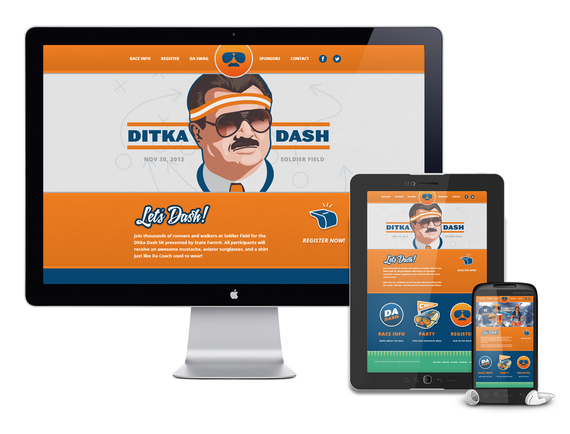Rebranding your company is a natural occurrence as a company grows and changes. Rebranding can be an uplifting results-driving transformation or a complete disaster for your business.
Before you get started, we suggest you take a moment and consider the following questions:
1. What are the goals of the rebrand? All good rebrands are driven by goals. You should have very specific reasons for changing your brand. Perhaps you are a technology company, but your logo was designed in the 70's. Your goal is to modernize the logo so it speaks to today's tech savvy customer. That is a clear cut goal with increased sales in mind. If you can't answer this question: "Why are you rebranding?" Stop. Rebranding might be a mistake.
2. Are you simply suffering from brand boredom? One reason a lot of business owners rebrand is because they are bored with their brand. That's natural. As a business owner, you're looking at your own logo every single day -- all day long. Even if it's an awesome brand, you're going to get bored of it. That's natural. But boredom is not a good reason to rebrand your company. You have to remember that your clients may only come into contact with your brand once every three months, perhaps longer. Consistency is critical! They need to see the same mark, color scheme and fonts to build brand affinity. They can't do that if the brand is constantly shifting.
3. Is there equity in your current brand? Your brand equity may be good or bad. When your clients see your logo, do they remember the fantastic job you did for them, or do they remember the terrible service they got? If you think most of your customers have a positive association with your company, then your brand has positive equity in their mind. Positive brand equity with your clients is very valuable! You don't want to lose that value by completely changing your brand. In a situation like this, I typically recommend a brand evolution. We also refer to it as a brand refresh. The approach is to create a new brand out of the old brand using enough elements to maintain recognition in your customer, while moving the brand forward.
If your brand has negative equity in the minds of your customers, you might want to consider a completely new brand and possibly even a new name. This is an extreme example, but imagine if you ran an airline and half your planes crashed over the course of a year. Will anyone fly with you? Probably not. Even if you fix your problems and your planes stop crashing, people still remember those disaster. Your brand has negative equity. What if you change your name and rebrand your airline, will people start buying from you again? Probably. When rebranding in this scenario we don't want any brand recognition in your customer's mind. We want to break that association completely.
4. What are the costs of a rebrand? When considering the costs of rebranding your company, don't forget how pervasive your brand is throughout your company. It's on your letterhead, website, trucks, building signs, etc. Are you prepared to replace everything in a relatively short amount of time? You want to avoid a long drawn out transition where your customers are seeing two different brands. I'd suggest making a list of the primary touch points you have with your clients and focus on those first. Also, if you have a large stock of items with the old branding, you may want to hold off on the rebrand until you can let those stocks drop to the bare minimum. That way, once you rebrand, you can immediately restock your business with updated products.
5. Are you considering your whole brand? When considering your rebrand, remember that your brand embodies all aspects of how your company interacts with it's clients. It's more than just a logo. Your brand includes the messaging and copy. It includes not only what you say, but how you say it. What is the personality of your messaging - are you an old wise professor or a hip young geek? Your brand includes the uniforms your staff wears - or doesn't wear. It includes the furniture in your office or stores. Your brand includes the music and smells (if applicable) they have when interacting with your company. So, when giving your company that brand refresh, you'll have the biggest impact when considering every aspect of how your clients interact with you.
6. How is the rebrand transition going to take place? Rebranding your company can be very disruptive to your business - particularly if you change names or make a major shift in aesthetic. It's important that you don't confuse your customers. Spend some time to consider how you're going to educate your customers about your brand shift. I've seen some company do mailings that say something along the line of: "ABC Company is now XYZ Company - same great company, same great service, just with a different name." I've also seen companies transition by placing the old brand next to the new brand for a period of time. The point is -- make sure you're introducing your clients to the new brand.
If you keep these six simple questions in mind when rebrand your company, you will probably have great success. Good luck and happy branding!
This blogger graduated from Goldman Sachs' 10,000 Small Businesses program. Goldman Sachs is a partner of the What Is Working: Small Businesses section.



